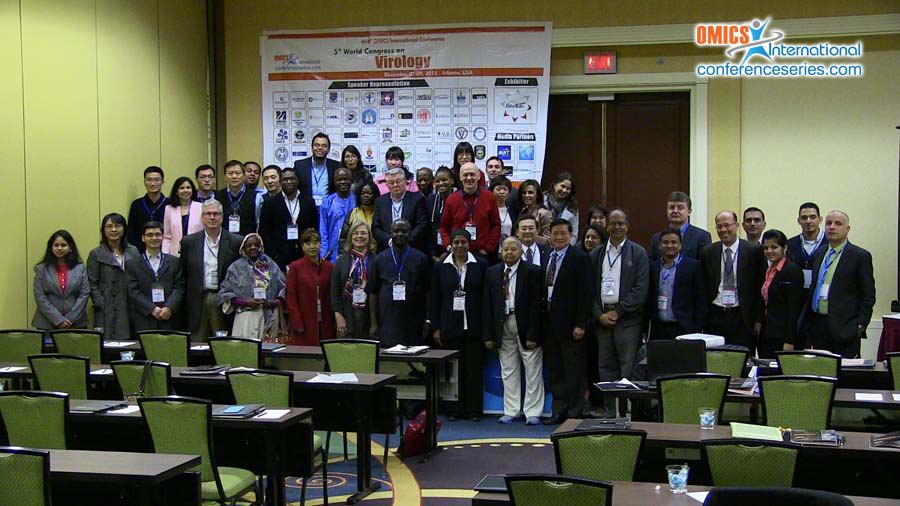
Vladimir Zajac
Cancer Research Institute, Slovak Academy of Sciences,Russia
Title: The role of human microbiome in AIDS process
Biography
Biography: Vladimir Zajac
Abstract
AIDS currently represents one of the most serious healthy and social problem. It is therefore necessary to find new therapeutic targets dealing with the persistence of latent HIV reservoirs after antiretroviral therapy. Since intestinal epithelial cells, GALT and other mucosal tissues represent the main area for replication of the HIV virus, it can be assumed that the intestinal bacteria may play an important role in the etiology of AIDS. The idea that endogenous microflora influences the course of HIV infection is also supported by the finding that microbes greatly affect the reactivation of HIV in latently infected cells. DNA testing of bacteria and yeasts: a) from intestinal tract of American and Slovak HIV-positive patients; b) from respiratory tract of Cambodian and Kenyan HIV-positive children has detected sequences 90% homologous with the corresponding sequences of HIV-1. In bacterial extracts of all patient’s cohorts were identified HIV-like proteins using monoclonal antibodies against HIV-1 antigens p17, p24, gp41 and p55. HIV-like protein of size 95 kDa was detected by monoclonal antibodies against gp120 only in Candida species of Cambodian and Kenyan samples. Specific properties of patient’s microbes were detected by infection of HL-60 cells and reducing the viral load in HIV-positive patients after administration of probiotics E. coli Nissle 1917. Based on these results the presence of HIV-like sequences in microbes of the patients may be hypothetically explained that bacteria and yeasts serve as a natural host of HIV sequences since the beginning of mankind. Thanks to countless epidemics individuals carrying the pathogenic microbes with HIV sequences, largely extinct. However, by administration of antibiotics, drugs and homo anal sex has recently been expanded again. Pathogenic microbes bearing HIV sequences moved to the majority, penetrate from the intestinal tract into the blood, invade the lymphocyte and the process of immunodeficiency may start.
Speaker Presentations
Speaker PPTs Click Here



